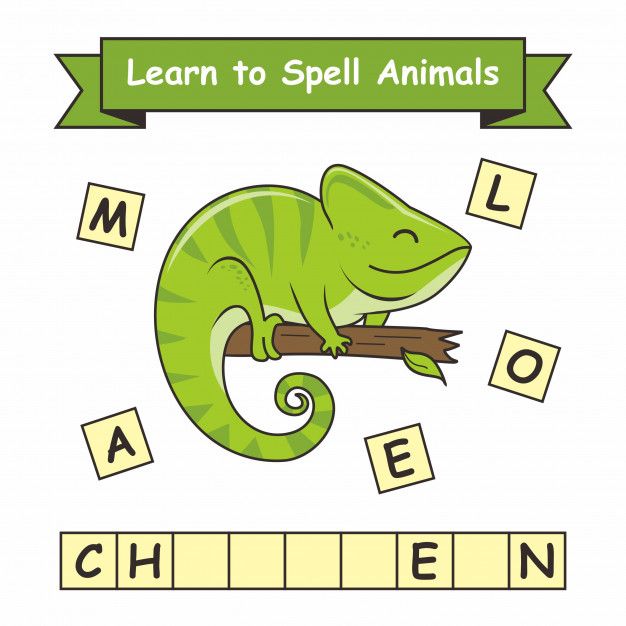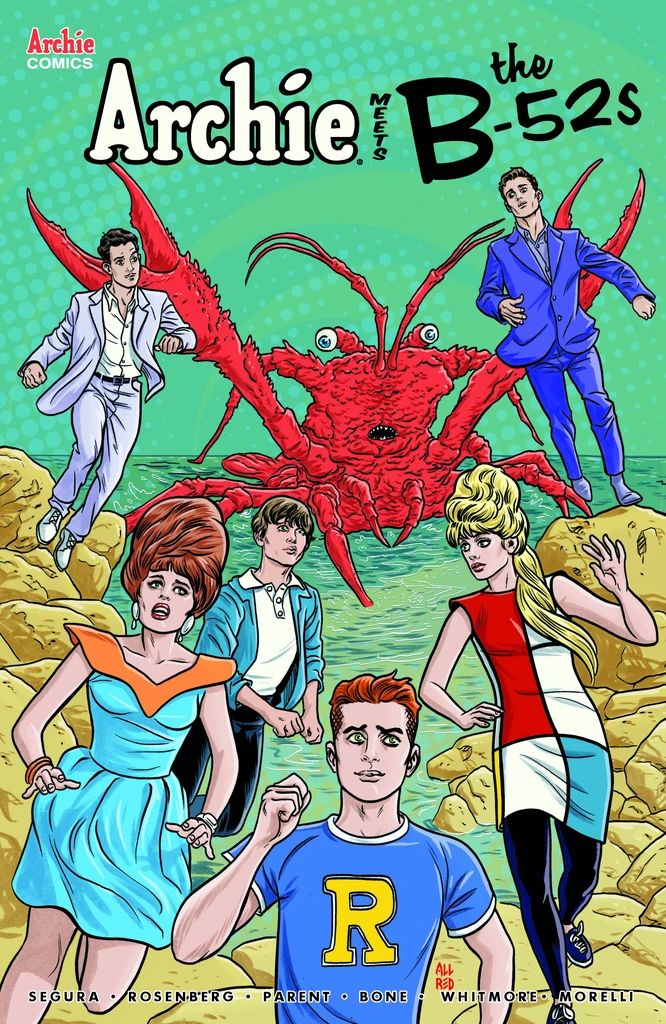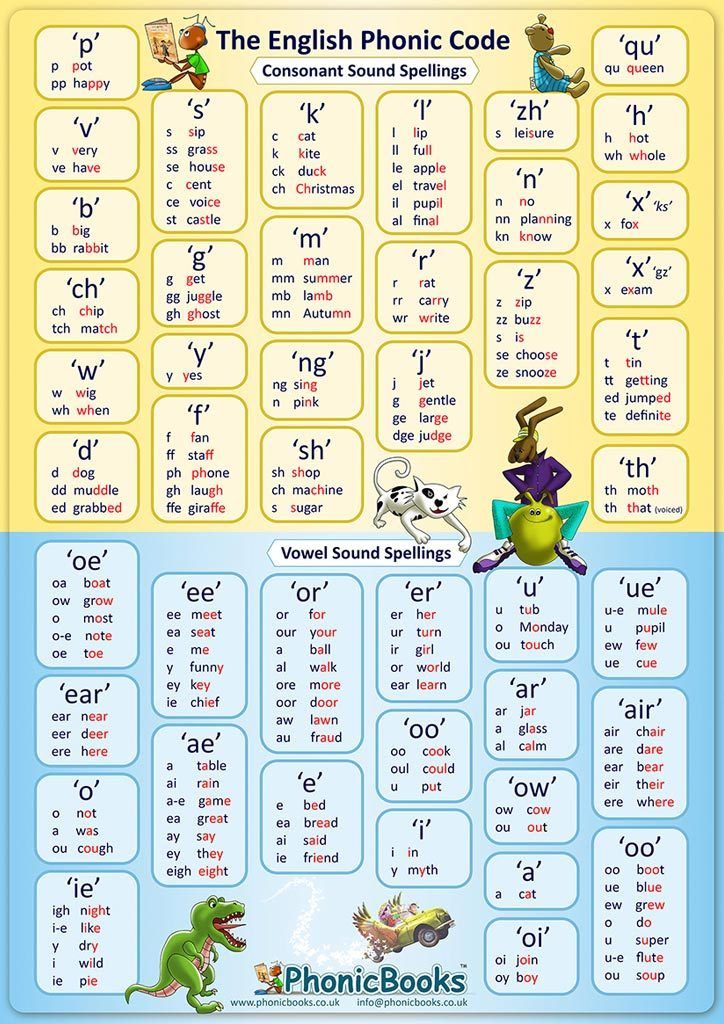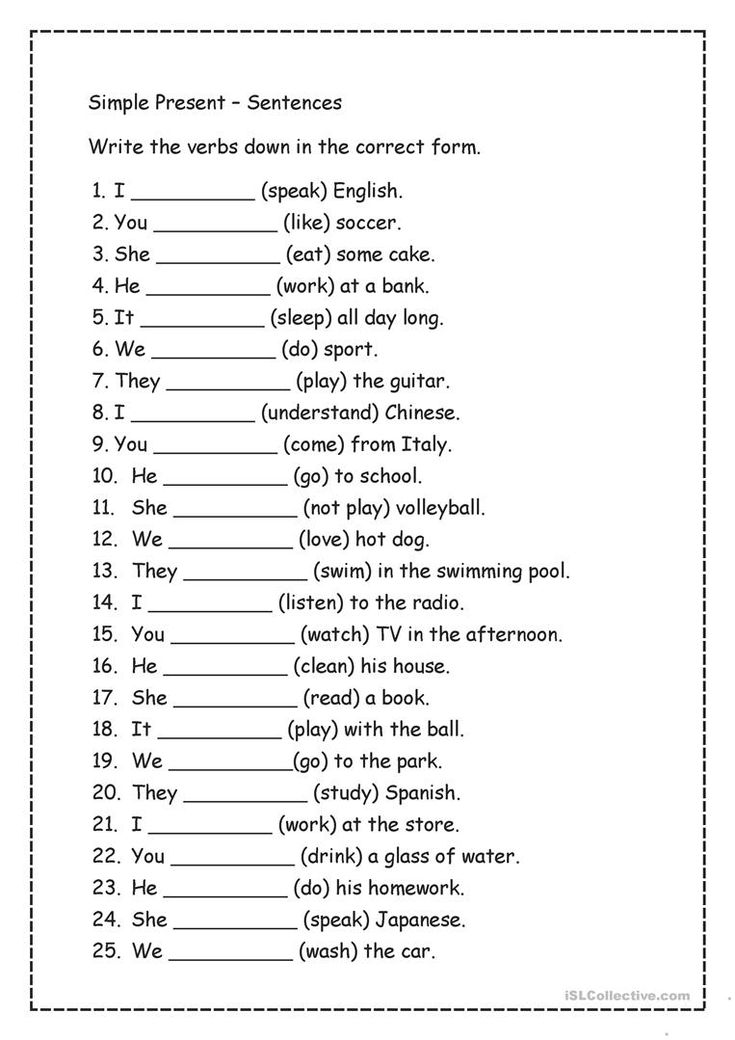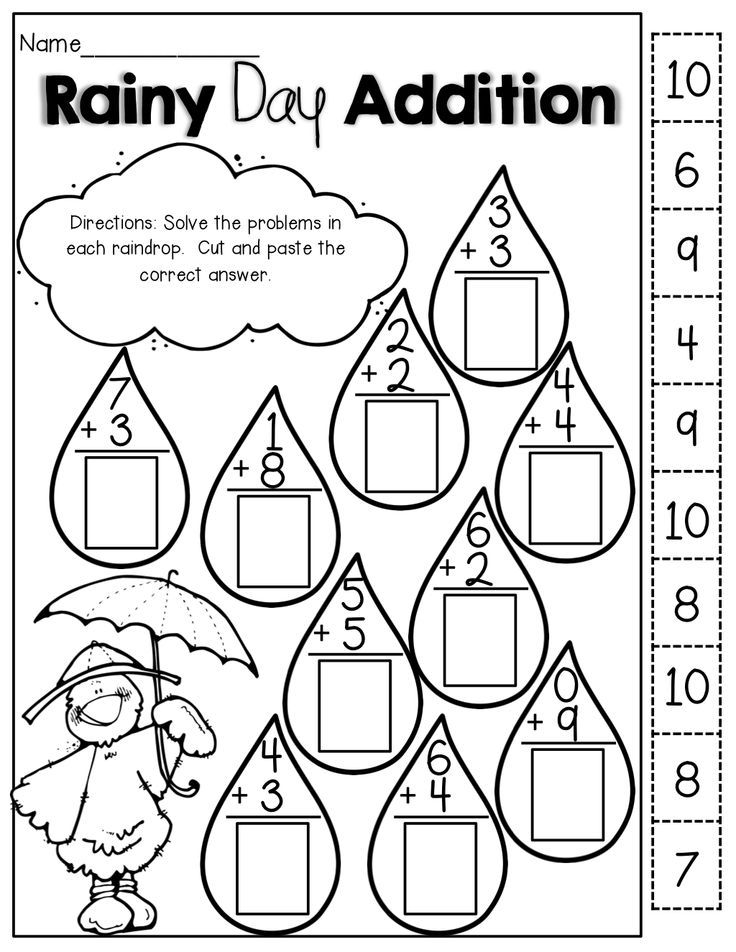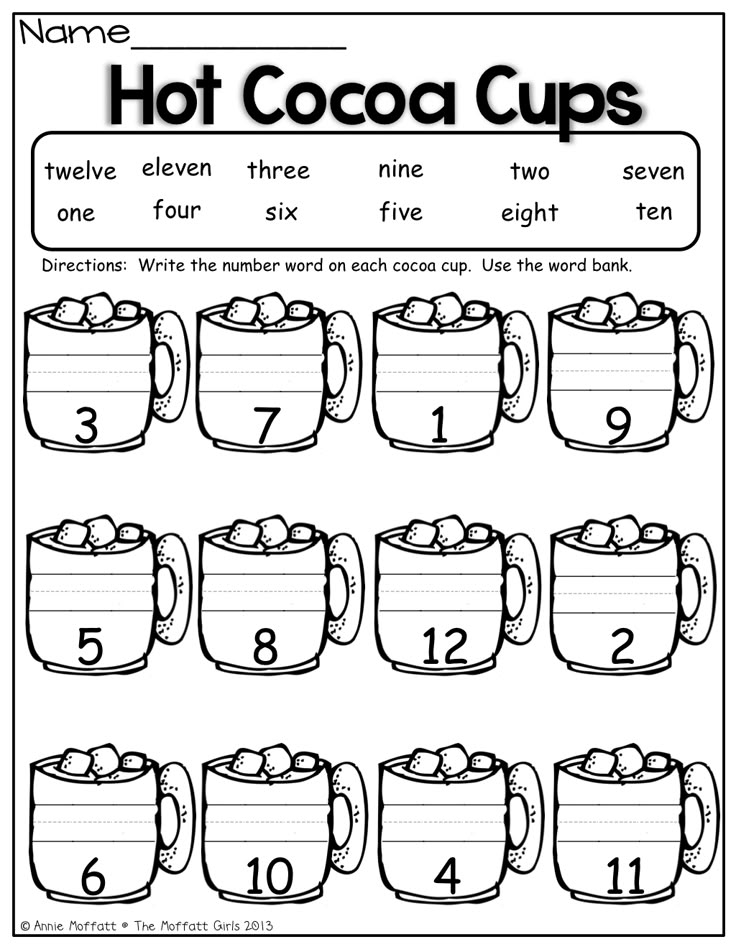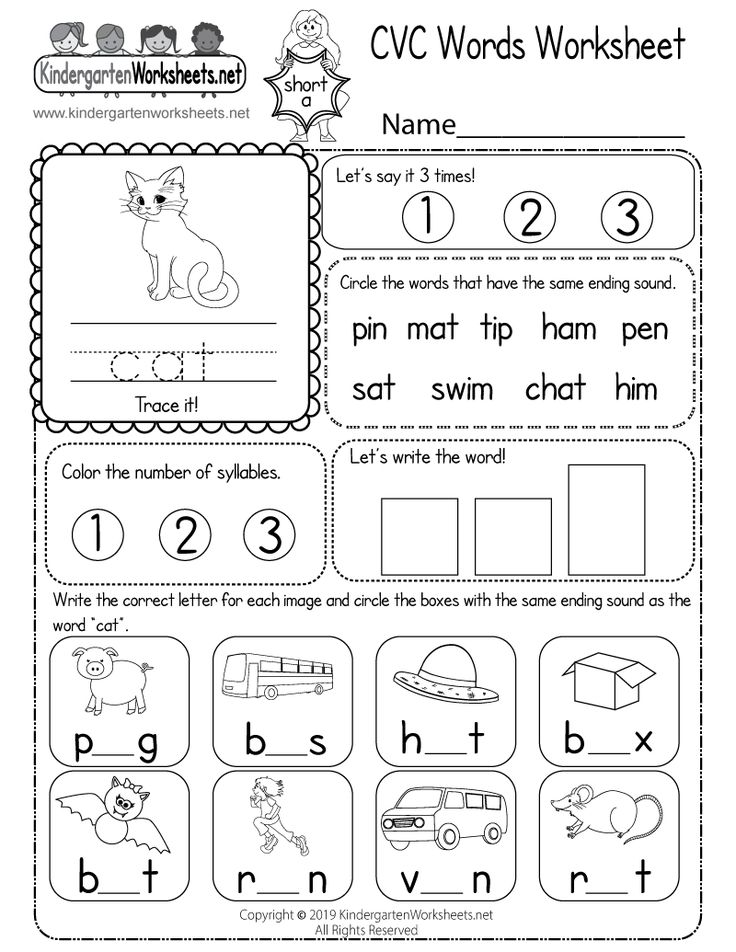Learning to spell for kids
11 Research-Based Spelling Strategies Parents Can Try at Home
Preface: In this article, you will find a variety of fun and engaging ways to implement research-based spelling strategies such as:
- teaching phonemic awareness, (a strategy to help students understand letter-sound correspondence and the individual parts that make up words)
- teaching morphological awareness (understanding/recognizing similar chunks in words, word families, and word parts)
- utilizing the whole-word approach (memorizing the spelling of a word without needing to understand the individual parts that make up the word)
- utilizing the rule-based strategy (teaching explicit spelling rules)
- implementing multi-modal teaching, which allows students to learn information through a variety of modes (e.g., seeing, feeling, hearing, creating)
Keep in mind that the strategies in this article are recommendations. Please do not try to pressure a child into using all or any of these strategies. This can lead to frustration which can turn your child off to spelling practice.
Every child is different and you have to examine their level and frustration tolerance when imposing academic tasks. For suggestions on ways to encourage children to complete tasks or assignments they do not want to do, see 3 Ways to Use Timers to Motivate Children and How to Use Schedules to Improve Children’s Behavior.
Common Spelling Mistakes
- Using the wrong consonant (e.g., spelling cat as kat)
- Using the wrong vowel (e.g., spelling seat as seet)
- Leaving out consonants (e.g., spelling kicking as kiking)
- Leaving out a vowel (e.g., spelling plain as plan)
- Writing only one consonant, when a consonant should be doubled (e.g, spelling butter as buter)
- Leaving in an “e” that should be dropped (e.g., spelling riding as rideing)
- Reversing letters (e.
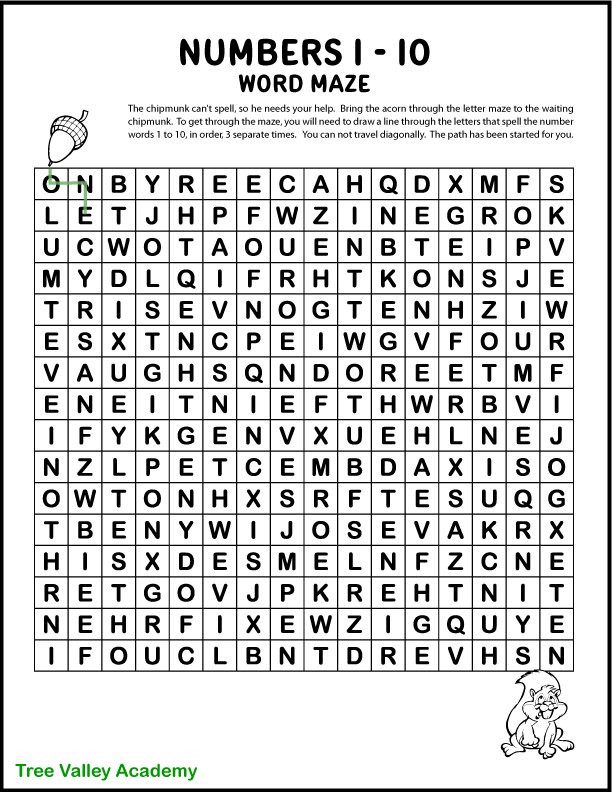 g., spelling foil as fiol)
g., spelling foil as fiol) - Leaving out the ”silent e” (e.g., spelling kite as kit)
- Using ys instead of ies (e.g., cherrys instead of cherries)
- Spelling words phonetically when a specific suffix should be used instead (e.g., spelling vacation as vacashin)
- Using an “s” instead of a “c” or a “c” instead of an “s” (e.g., absense instead of absence or offence instead of offense)
- Forgetting rules like “i before e except after c” (e.g., spelling receive as recieve)
While the errors above are the ones I have observed most frequently in my career as a school psychologist, there are many other types of spelling errors a person can make.
11 Research-Based Spelling Strategies
1) Practice phonemic awareness.
Phonemic awareness is hearing individual sounds in words, and letter sounds.
Let your child hear what it sounds like to break words up into their individual sounds. Show them what happens when you change a sound. For example, say the sounds in pig separately (p-i-g), then say the word. Then say the sounds in big (b-i-g) and say the word.
Show them what happens when you change a sound. For example, say the sounds in pig separately (p-i-g), then say the word. Then say the sounds in big (b-i-g) and say the word.
Put it on paper so they can see the change. Talk about which sounds are different and which sounds are the same. Have your child practice breaking words apart and blending them together.
For more strategies to teach your child or students phonemic awareness and letter sounds, see 10 Fun Activities to Teach Your Child Letter Sounds and How to Teach Phonemic Awareness.
2) Allow beginners to spell phonetically.
When first learning to spell, allow children to spell words exactly as they hear them. Teach them to say each sound in a word and write down the letter or letters that represent each sound, until they have spelled the word.
For example, they might spell lemon as l-e-m-i-n. Then review the word with them and talk about which letters they can change to make the word correct (help them figure out the correct replacement letters if needed).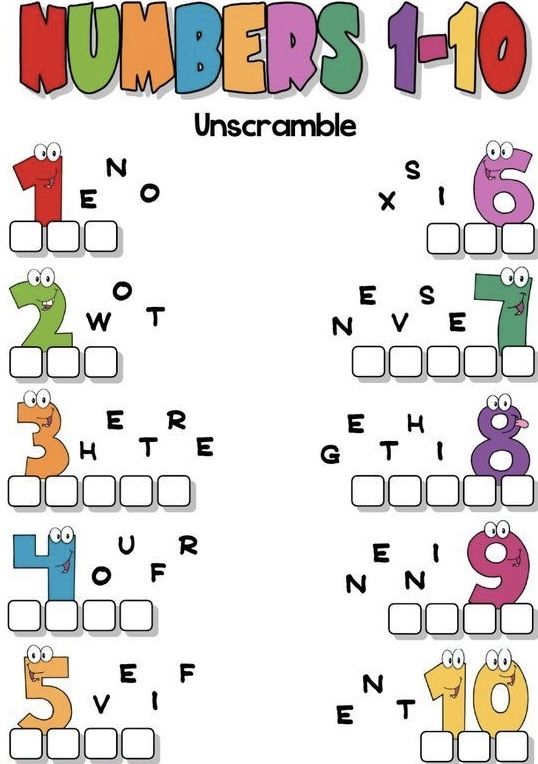
You can practice this several times with different words. Let them rewrite the word the correct way and compare the changes.
For children who have trouble writing, allow them to use magnhttps://amzn.to/3b6LZLOetic letters to create the word, such as the ones below, or allow them to type on the computer if they are able to do so.
Magnetic LettersThey can also create the letters/words out of Play-Doh or Wikki Stix as shown below.
3) Teach children to notice chunks in words.
Chunks are more than one letter together that normally make the same sound (e.g., ch, sh, br, ple, all, ate, at).
Have your child practice writing several words that use the same chunks to establish a sense of word families (groups of words that have a common feature or pattern).
For a fun and effective way to teach sound chunks and spelling, let your children or students practice with the game Didax Chunks: The Incredible Word Building Game.
Great Interactive Spelling Games
4) Practice rhyming words.
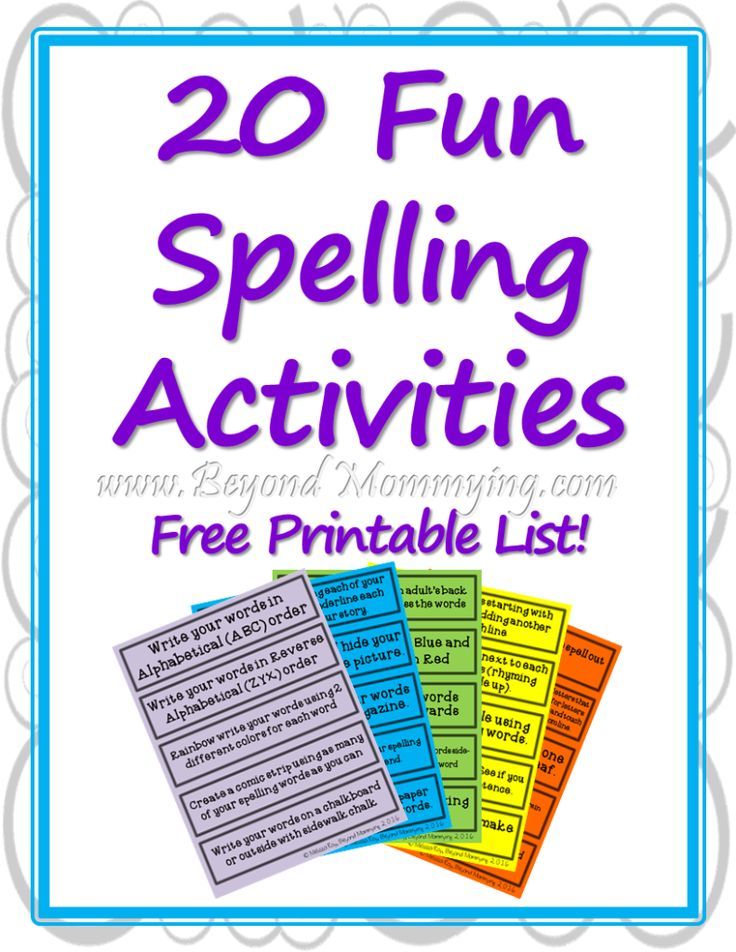
Teach children about rhyming words and provide them with several examples. After teaching them how to rhyme, give them a word and ask them to come up with rhyming words.
Once they have the hang of it, encourage them to tell you a word and list several words that rhyme with it. Encourage them to write rhyming words down as well.
Allow them to start with a common word pattern such as “all.” Show them how adding a letter in front of “all” and changing that letter produces a list of several rhyming words (e.g., e.g. all, ball, call, fall, hall, mall, tall, wall).
Again, for children who have trouble writing, try typing, magnetic letters, or creating the words from Playdoh or Wikki Stix.
The strategies below are for students who have gotten the hang of phonetic spelling and are ready to or struggling to move to the next level; or for students who are struggling with phonetic spelling and may do better with memorization or rules.
5) Learn spelling rules.
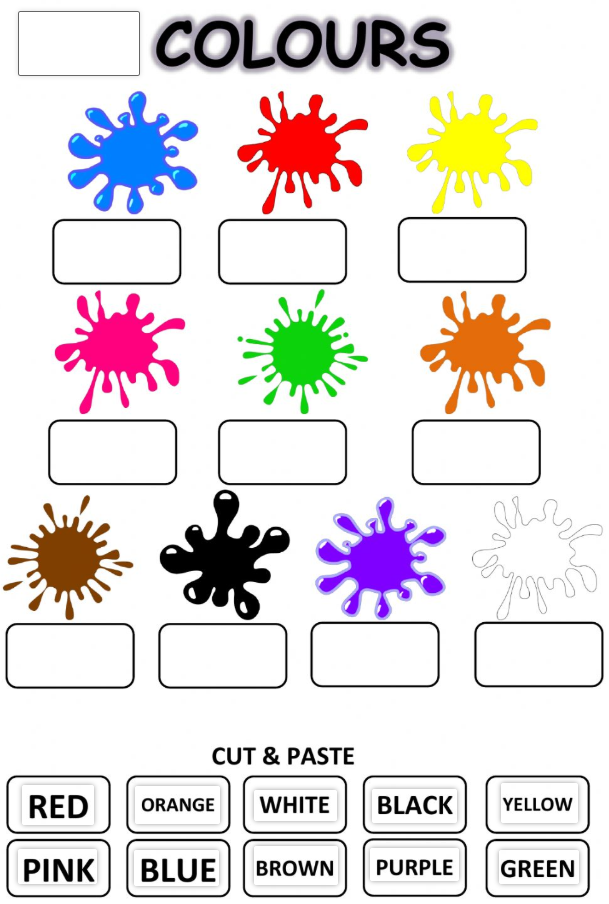
See a list of some common spelling rules below (also known as rule-based strategies).
- Short -Vowel Rule: When a one-syllable word has a vowel in the middle it is usually a short-vowel sound (e.g., hat, set, pit , lot, nut)
- Doubling Consonants: If f, l, or s comes after a vowel, the letter is often doubled (e.g., stuff, call, grass)
- Two-Vowels Together: If two vowels are together, the first vowel usually says its name and the second vowel is not heard (e.g. seat, rain, tie)
- Silent e: When a short word has a vowel, a consonant, and then an “e” or a longer word has that same pattern in the last syllable, the first vowel is usually long and the e is silent (e.g., cake, kite, vote, mute, meditate, debate)
- y as a long i: When the letter y comes at the end of a short word with no other vowel in the word, it makes a long i sound (e.
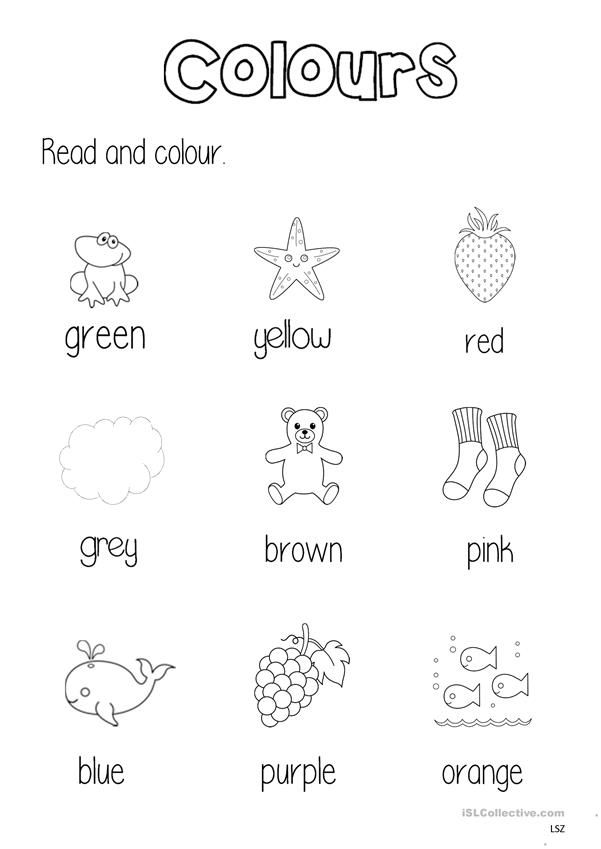 g., dry, cry, sty, pry)
g., dry, cry, sty, pry) - y as a long e: When a word has two syllables and the second syllable is composed of only a y or an ey, the y makes a long e sound. (e.g., honey, money, bunny, sunny)
- I before E: The rule is “i before e except after c (e.g., receive, receipt, deceive, conceive) or when sounding like ‘a’ as in neighbor or weigh.”
- Words with “ch”: Use “ch” at the beginning of words (e.g. chair, cheese, chin) and “tch” at the end (e.g., watch, witch, patch)
These are only some of the rules in spelling. You can do a Google Search for common spelling rules to learn more.
Please remember there are always exceptions to spelling rules, meaning that these rules will not apply to every word in the English language.
It can also be difficult and cumbersome to remember these rules. Strategies for remembering common spelling rules include the following:
- keep the rules in a place where the child/student can easily refer to them when spelling, such as in his desk or in his notebook
- discuss the rules when reviewing spelling errors with the child (for instance, if you and your child are editing his work and you see he spelled catch as cach, give him a gentle reminder “remember it is “ch” at the beginning of words and “tch” at the end” or have him read and say the rule out loud)
- after reviewing the rule, have him rewrite the word he misspelled
- make flashcards of the rules (you can do this on index cards), with the name of the rule on the front and the definition on the back as shown here.

After creating the flashcards, make a game out of it, to make it more fun for the child. For example, take turns (first you show the front of a flashcard and have your child state the rule. Then have him show a flashcard and you state the rule)
6) Teach children to use an online dictionary.
Use a site like dictionary.com. There your child can type in the word he is unsure of in the search box. If he spells the word wrong, but the spelling is somewhat close, the site will ask “Did you mean _________?”
For example, if you spell “vacashin” in the search box, a question on the bottom of the screen pops up that says “Did you mean vacation?”
7) Teach children to edit their work and use repetition.
Encourage children to review their work carefully and rewrite a word five to ten times when they find a misspelling (ten times is recommended but this may be too much for some children).
It is much easier to notice spelling errors when rereading work, than to notice them the first time around when the mistake is made.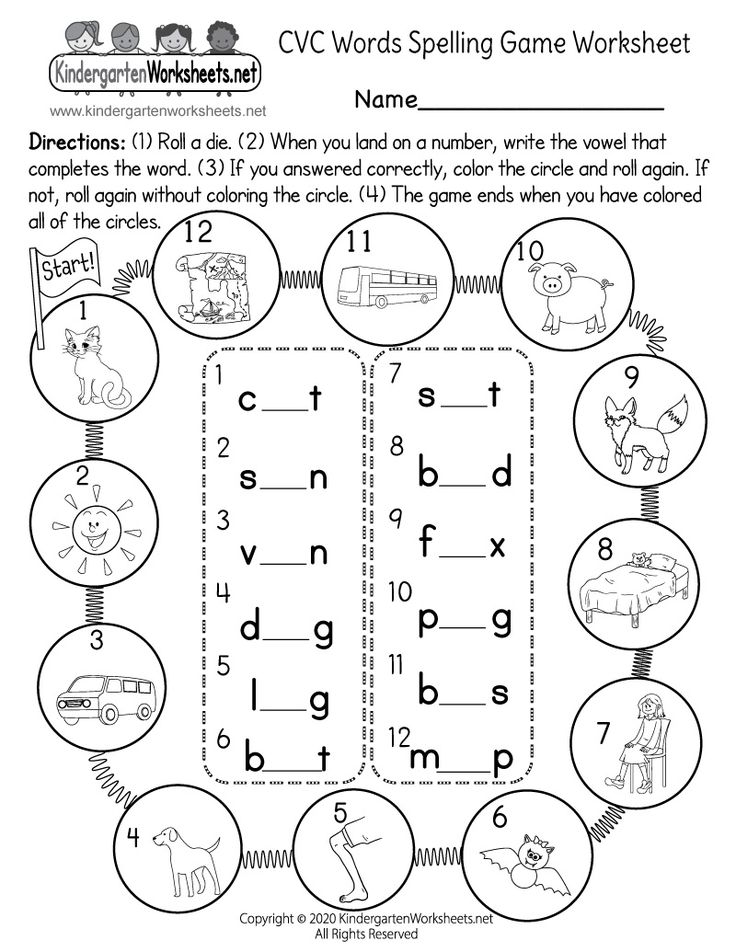
Many times spelling errors get ingrained in one’s memory after repeating the same mistake several times. Writing the word several times in a row helps to retrain the child’s memory.
You can try to make repetition more fun by turning it into a game. To do this, take turns with the child. (e.g., have him write the first word 10 times while you watch, then you write the next word 10 times while he watches – or any other turn-taking variation).
Some children are more willing to complete this type of task when they can see a visual of how many times they are expected to write the word. For instance, number the paper 1 to 10. “After you write your words, you can pick a game to play!”
8) Show how different sounds can be represented different ways.
For example, the /k/ sound can be represented with a c as in cat, a k as in kangaroo, a ck as in kick, or a ch as in school.
9) Teach children how to test their spelling.
Create spelling lists or spelling flashcards on index cards.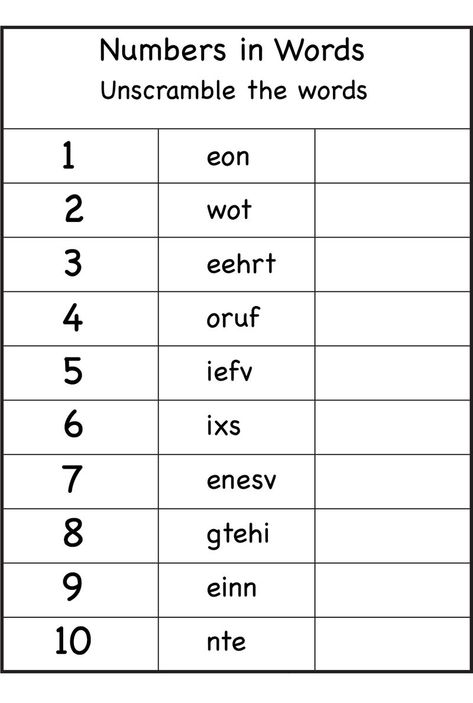 You can create them for your child, with your child, or encourage your child to create them himself.
You can create them for your child, with your child, or encourage your child to create them himself.
You can also purchase spelling flashcards or search for free spelling lists on the internet such as the ones at VocabularySpellingCity.com.
Teach Your Child To Test Their Spelling Using These Four Steps:
1. Look at the word and pay attention to the spelling and what the word looks like
2. Cover up the word with his hand or turn the flashcard around.
3. Visualize the word in his mind, and then spell the word aloud, in his mind, or on paper
4. Check the flashcard or list to ensure his spelling was correct. You can show your child an example of how to do this and then let him practice on his own.
10) Allow children to replace and change letters.
You can use a dry erase board or chalkboard.
For an activity, try writing a word but leaving some letters blank (have your child fill in the missing letters-providing them with guidance as needed).
For example, for the word table you could write (t a b _ e) and have him/her try to fill in the missing letter.
As your child improves, you can make it more challenging. If your child has trouble thinking of the missing letter, try giving a choice of three letters to choose from.
As an alternative to a dry erase or chalkboard, you can put sand in a sand tray (you can place the sand in a shallow baking pan for a tray). See an example of writing in sand below.
or in shaving cream or whip cream (as shown below)
Just like with a dry erase or chalkboard, this will allow students to write and rewrite words, make corrections, replace letters, fill in missing letters, etc.
11) Use a tablet or device.
There are several spelling apps that allow children to have fun while learning to spell or improve their spelling skills.
Also, some children who are resistant to traditional writing are sometimes willing to write on a tablet. They can write with their finger or with a Stylus such as the one shown below.
If pen/pencil grip is a concern, see How to Help Your Child with Handwriting and Pencil Grip.
Additional Tips to Improve Spelling:
Read with your child and encourage your child to read as much as possible.
When you come across a word with a certain pattern or rule, you can point out the word to your child/students and reiterate the rule.
For example, if you see the word vacation you can remind your child that many words that end with a “shin” sound are spelled with the suffix “tion” such as creation, medication, or fiction.
If you see the word “cat” you can remind your child that several three-letter words end with “at” such as bat, hat, and, mat. Teach your child to try to pay attention to these types of patterns when reading.
Use spelling workbooks
Keep in mind that every child is different.
Some respond to several strategies, others respond to a few, while others may not respond to any of these strategies.
If your child is significantly struggling with spelling or acquiring other academic skills, despite consistent practice and guidance, talk to your child’s school and/or doctor.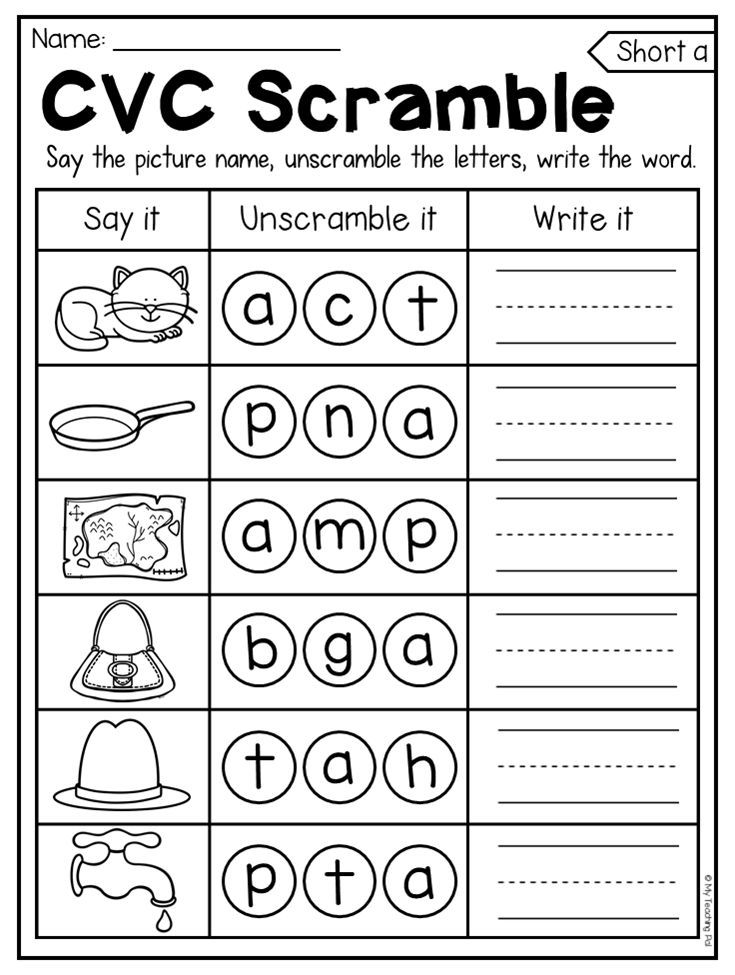
They should be able to refer you to the appropriate professionals to determine what might be interfering with your child’s progress and what additional strategies might help.
Remember to always stay calm when working with a child or student, even if you think they should be getting something that they are not getting.
If you get frustrated with them, they may start to feel anxious, angry, inferior, stupid, etc. which will lead to a less productive learning session.
Keep practice sessions short (5 to 10 minutes for younger children or children who get easily frustrated and 10 to 15 minutes for older children or children who can work for longer periods without frustration), unless the child is eager to keep going.
It would really make my day if you could comment below after trying some of these strategies with a child or student. I would love to hear if you enjoyed doing the activity together and what you found most helpful.
An image of you and/or your child or student(s) completing some of these activities together would be a beautiful addition to the site so feel free to share pictures or videos if you are comfortable.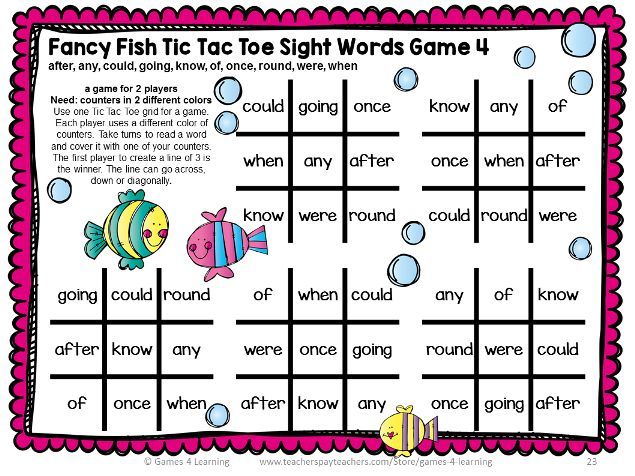
For questions contact [email protected].
You Might Also Like: How to Study Spelling Words: A Spelling Strategy for Students by Reading Rockets
Video Presentation (musical/illustrated)
Narrated Video Presentation
Education and Behavior – Keeping Us on the Same Page for Children
Rachel Wise
Rachel Wise is the author and founder of Education and Behavior. Rachel created Education and Behavior in 2014 for adults to have an easy way to access research-based information to support children in the areas of learning, behavior, and social-emotional development.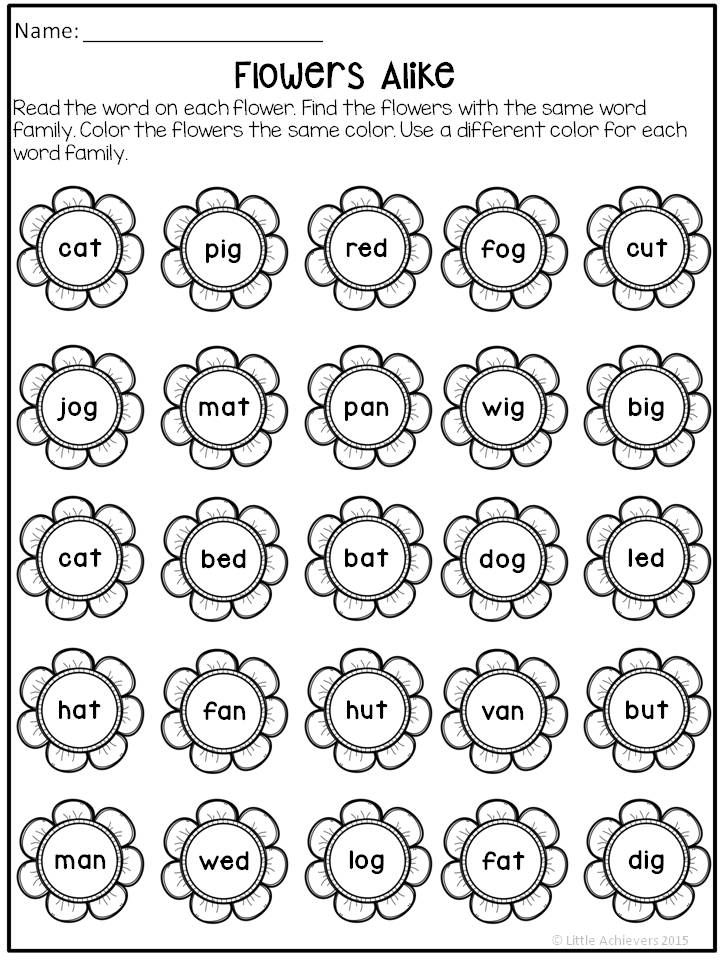 As a survivor of abuse, neglect, and bullying, Rachel slipped through the cracks of her school and community. Education and Behavior hopes to play a role in preventing that from happening to other children. Rachel is also the author of Building Confidence and Improving Behavior in Children: A Guide for Parents and Teachers.
As a survivor of abuse, neglect, and bullying, Rachel slipped through the cracks of her school and community. Education and Behavior hopes to play a role in preventing that from happening to other children. Rachel is also the author of Building Confidence and Improving Behavior in Children: A Guide for Parents and Teachers.
“Children do best when there is consistency within and across settings (i.e., home, school, community). Education and Behavior allows us to maintain that consistency.”
www.educationandbehavior.com
The 5 stages of spelling development
PSPKK12326 Comments
This post contains affiliate links. As an Amazon Associate I earn from qualifying purchases.
Sharing is caring!
Do you teach spelling? It’s important to understand the stages of spelling development. Let’s take a look!
The 5 Stages of Spelling Development
The Emergent Stage (ages 2-5)
Children might recognize their alphabet, but they are just starting to write it.
Here’s a sample from the beginning of the emergent stage. Writing looks the same as drawing. My just-turned-Three draws and scribbles, but he doesn’t write letters yet.
The Letter-Name Alphabetic Stage (ages 5-7)
Children know their alphabet and sounds – this comes out in their writing.
My four 1/2 year old is at the middle of this stage. His letter and letter sound knowledge is solid, and he is putting that to work in his writing. Sometimes he writes just a single letter for a word (H for have), but other times he sounds out the whole thing (BLO for blue and HAT for hat).
The Within-Word Pattern Stage (ages 7-9)
Children start to see patterns within words.
My six-year-old (who just finished kindergarten) is at the beginning of this stage. She does well with blends (streebarres and plants) and is starting to experiment with long vowel sounds (baens for beans).
The Syllables and Affixes Stage (ages 9-14)
Now kids start to understand how to put endings and extra syllables onto words.
(Sorry, my oldest is six years old – I don’t have a writing sample for the last two stages!)
The Derivational Relations Stage (middle school through adulthood)
Understanding the meaning of words helps us spell them.
That was a lot of information. Now what?
If that was information overload, pin it or print it for future reference. As you start becoming aware of your students’ spelling abilities, your understanding of the five stages will come together.
Free Spelling Games
Get this fun variety of sample spelling games from the membership site! The download includes resources for spelling CVCE words, long vowel teams, and multi-syllable words.
Sharing is caring!
Filed Under: Spelling Tagged With: third grade, kindergarten, word study, first grade, second grade
You May Also Enjoy These Posts:
A Better Way to Teach Spelling
11 Crafts for Letter W
Reader Interactions
Trackbacks
Part 1 methodology for teaching spelling
INTRODUCTION
spelling Literacy is an integral part of the overall language culture, guarantee of accuracy expressions of thought and understanding.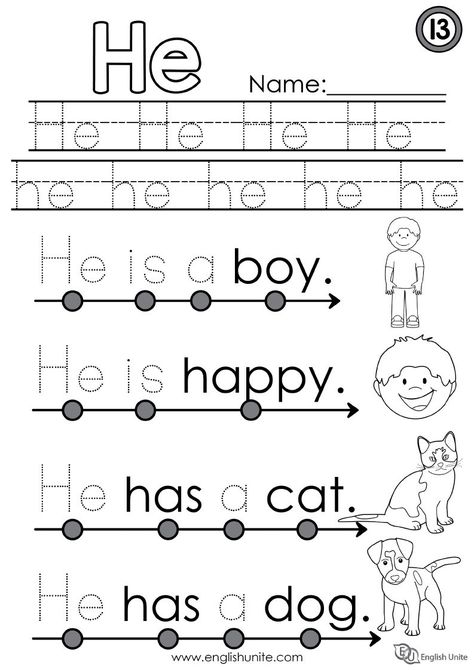 The culture of speech is the “clothes of thought”, according to which usually immediately (and, as a rule, unmistakably!) determine the level person's education. Basics spellings are laid in initial classes. Here, on the earliest steps learning has its own specifics, which determined, first, by age children, and secondly, almost complete their lack of theoretical language knowledge. nine0005
The culture of speech is the “clothes of thought”, according to which usually immediately (and, as a rule, unmistakably!) determine the level person's education. Basics spellings are laid in initial classes. Here, on the earliest steps learning has its own specifics, which determined, first, by age children, and secondly, almost complete their lack of theoretical language knowledge. nine0005
Russian elementary school has accumulated rich experience spelling, found reflection in the works of K. D. Ushinsky, N. A. Korf, D.I. Tikhomirova, V.A. Flerova, and also Soviet methodologists and psychologists — M. V. Ushakova, S. P. Redozubova, L. K- Nazarova and especially N. S. Rozhdestvensky, D. N. Bogoyavlensky. However, not admit that the last decades were not fruitful in the methodology spelling: since the publication the latest book in this area - manuals "Teaching Spelling in Primary School" N. S. Rozhdestvensky (1960)—30 passed years, and over the years published only individual articles.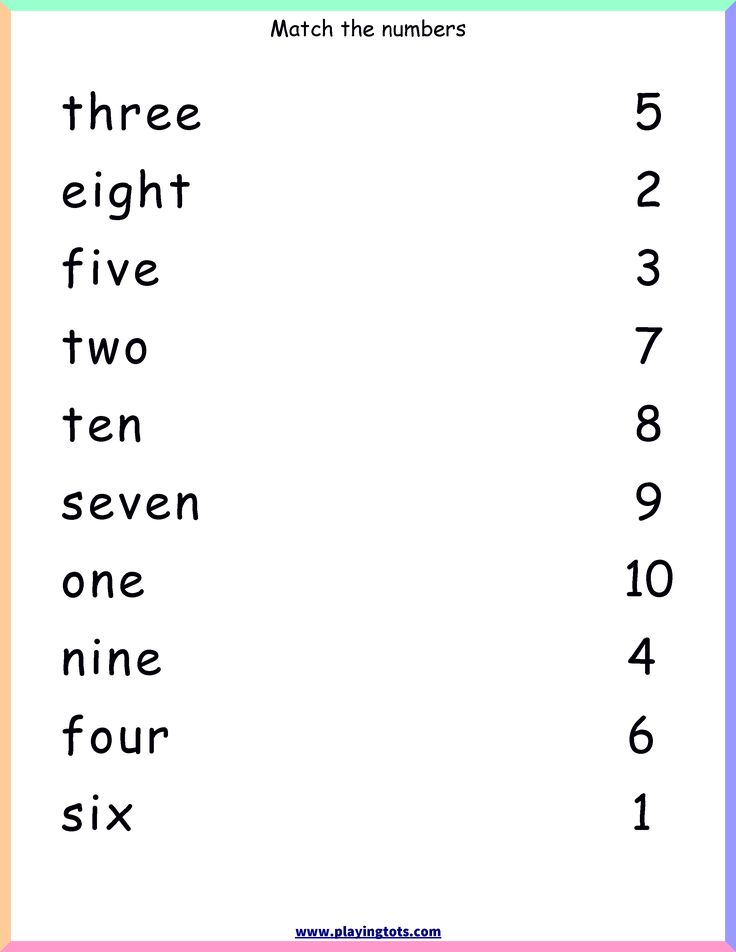
Thanks to achievements of linguistics and psychology established in teaching spelling direction, taking into account the first turn linguistic nature of orthographic units based on the principles spelling and spelling types. To the center spelling training delivered rule, its application (algorithm), then there is a spelling solution (or grammar and spelling) tasks. This method is logical, it requires very precise knowledge of the rules themselves, and grammatical conditions for their application (an error in the course of solving the problem leads to to a spelling error). nine0005
However spelling teaching methodology elementary school should rely not only on the rules, but on the whole system language development: on the assimilation of sound building the Russian language and its graphics; on the process of learning to read, write, listening comprehension (listening) and on the development of one's own speech, the ability express your thoughts; for the development of diction and orthoepic skill; on intonation and expressive reading; for understanding composition of a word, word formation, elo-
change, on the patterns of functioning language, that is, grammar.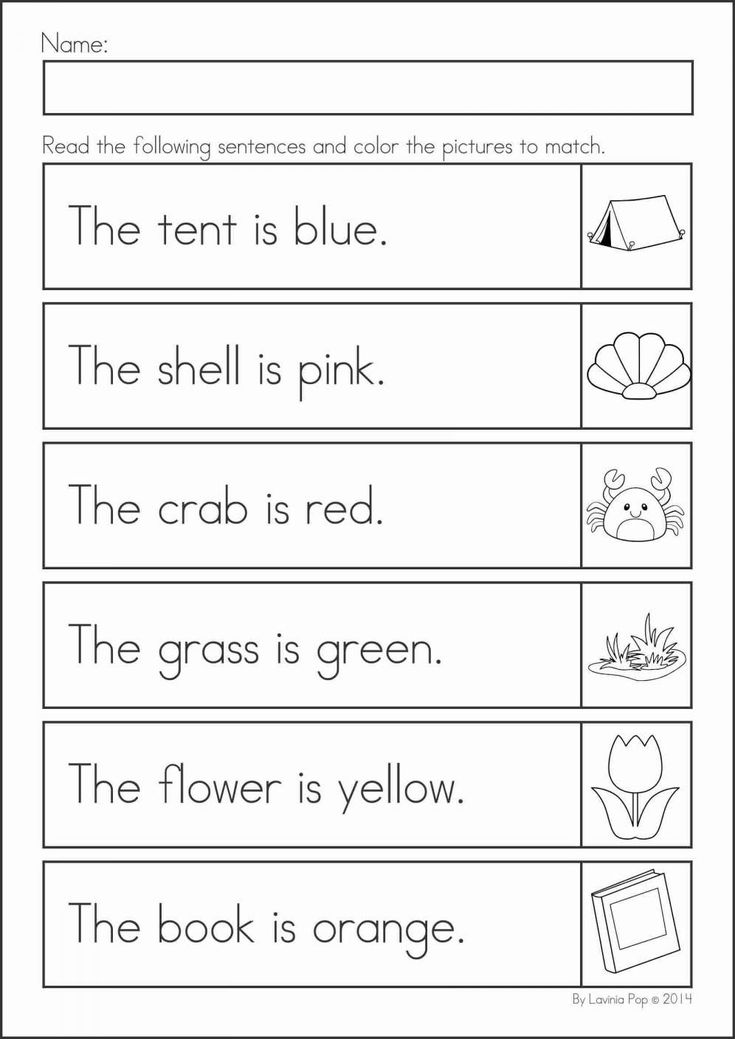 nine0005
nine0005
Spelling Skills and abilities are an integral part speech skills. knowledge and skills, language development in business. In other words, spelling is a means of communication.
Understanding the social role of spelling can be achieved, only in communicative situations, when writing an essay, letters, newspaper articles, etc. Getting started to learning spelling, children should realize that cheating, dictation is not end in itself, that in life spelling necessary for communication, for accuracy speech. nine0005
AT primary school we see three lines spelling skills (they interrelated, of course):
education spelling based on correct correlation of sound (phonemes) and letters, with taking into account the position of the sound and the composition of the word, based on the development of phonemic (speech) hearing of students;
education memory-based spelling letter composition of words, their morphemic composition, word-formation nests, based on pronunciation and writing off, use of dictionaries, activation vocabulary, i. e. the use of words in own recorded texts; nine0005
e. the use of words in own recorded texts; nine0005
education spelling based check spelling using the rules, then is by solving grammar and spelling tasks.
Combination and the interaction of these three lines shown in this guide. They develop in primary school in parallel, however the third direction, as it accumulates students' knowledge of grammar, is constantly expanding. In the decision spelling tasks carried out the connection of all aspects of the language being studied - its phonetics, graphics, word formations, grammar, vocabulary (meanings of words and their combinations). nine0005
AT the foundations are laid in the elementary grades good writing first school should teach children to write. What is included in this concept? Firstly, assimilation of all letters and their outline, i.e. e. alphabet and calligraphy. Secondly, letter designation and their combinations all speech sounds, i.e., the assimilation of graphics. Thirdly, the assimilation of the spelling itself - rules, their systems, spell checkers rules and other means.
Thirdly, the assimilation of the spelling itself - rules, their systems, spell checkers rules and other means.
AT linguistic literature spelling defined as a set (system) of rules providing uniformity of spellings in those cases where personal spellings are assumed. For example, word 4 "mountain" maybe in terms of graphics, written in two ways: "mountain" and "gara" - in both cases the word will be read the same way: 1gDra]. But two writing the same word needed; spelling justifies the choice the option which in this case helps to highlight the root of the "mountains" ("mountain", "slide"), providing a uniform spelling this root with a vowel as in strong and weak position.
Important, so that children understand that spelling words are almost always motivated. For example, capital letter distinguishes names and surnames from other words; root in related words we write the same way, so as not to distort its meaning, so that clearer was the relationship of words. nine0005
nine0005
Known and such a learning experience: students are put in the position of "inventors" of the rules spelling - such as capital letter at the beginning of a sentence (How will we indicate the beginning of a sentence?), dot at the end of a sentence, continuous spelling prefixes and separate prepositions (How do we distinguish between a preposition and a prefix on a letter?), etc. Such a technique provides the highest consciousness spelling acquisition.
Alphabet. Primary school gives children the concept of letters - graphic signs, with by means of which sounding speech is fixed on paper, teaches to distinguish letters in various styles, teaches write letters and connect them, gives the concept of the alphabet as the totality of all the letters of the Russian language. To master the alphabet, you need: distinguish and distinguish speech sounds in strong position: [house] - "house", [moon] - “moon”, [floor] - “floor”; accurately match letters with sounds reading as well as writing. entire first year learning is devoted to solving this task, but it would be a grave mistake stop such work in the next classes. nine0005
entire first year learning is devoted to solving this task, but it would be a grave mistake stop such work in the next classes. nine0005
AT learning the alphabet involved all kinds student's speech activity: listening comprehension, reading aloud and about yourself, your own oral speech, speaking, all types of writing (copying, dictation, written expression of one's thoughts, calligraphic letter).
Was it would be enough to master the alphabet for unmistakable writing, if in speech all sounds were pronounced without positional alternations, if there were no weak phoneme positions. But in fact we we say [dup], but we write "oak", we say [joni], a we write "hedgehog", we say [sad '], and we write "grud" (mushroom). So the knowledge of letters, the alphabet is not enough, you need to know special rules for naming sounds (and especially their combinations) with letters. This knows graphics. nine0005
Graphics. The rules of graphics determine that softness consonants are indicated by the following vowel: [small] - "small", but [m 'al] - "crumpled"; [rat] - "rad", but [r'at] - "row".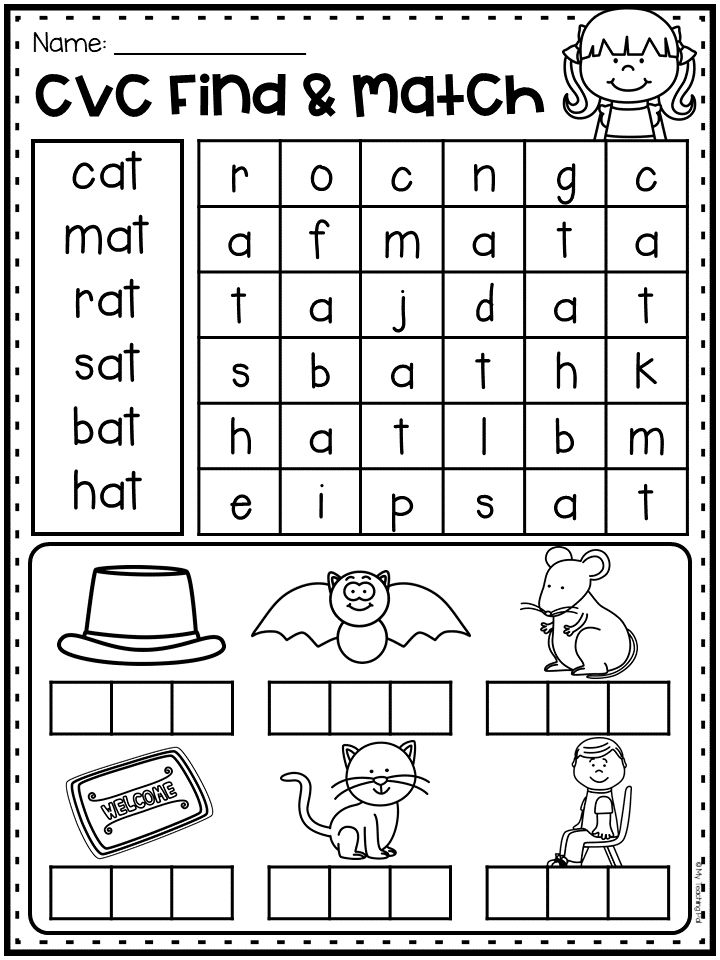 After hard consonants vowels are used letters a, o, s, u, uh, after soft - i, e * k>, i, e, that is, the first denote hardness, and the second - the softness of the previous consonant sounds. Graphics defines also, in what cases is the softness of consonants denoted by the letter b. All this complex
After hard consonants vowels are used letters a, o, s, u, uh, after soft - i, e * k>, i, e, that is, the first denote hardness, and the second - the softness of the previous consonant sounds. Graphics defines also, in what cases is the softness of consonants denoted by the letter b. All this complex
'•■'■■ 5
ny, difficult set of rules for students necessary due to the fact that in Russian alphabet hard and soft consonants sounds (phonemes) are denoted by the same same letter.
AT the Russian alphabet does not have a letter denoting sound [j]; applied complex system of naming conventions this sound in combination with vowels [e], [a], [o], [y] - in letters e, i, e, Yu.
All a system of rules for designating a sounding speech with letters, their combinations assimilated by children practically, during mastery of reading and writing. Wherein schoolchildren do not always go from sound to beech ve (at according to sound method literacy), often - from letters to sound, from a combination of letters to combination of sounds. This is naturally venno, and you don't have to fight it.
This is naturally venno, and you don't have to fight it.
When first graders go from sound to letter, they find it difficult to understand cases in which there is no coincidence of sound and letter: [sh'ot] - "account", [myts] - “wash”, [sting] - “squeezed”, [ j 3 Bo ] - “his”, etc. Reading, that is, the path from letters to sound, in such cases contributes to the acquisition of spelling. Since in the modern "ABC" there are many words that do not have the same sound and letter compositions, it is necessary orient children not only to the model "sound -> letter" but and on the “letter -> sound” model.
AT practical work of teachers and students no need to differentiate graphic and orthographic rules: distinction is only necessary teacher to understand nature spelling actions.
Spelling. Its rules help to choose the most expedient, reasonable writing, ensure uniformity spellings of related words, uniformity notation of grammatical forms (for example, the dative case of names nouns of the 1st declension), uniformity of writing own names as opposed to common nouns, uniform hyphenation from line to line line.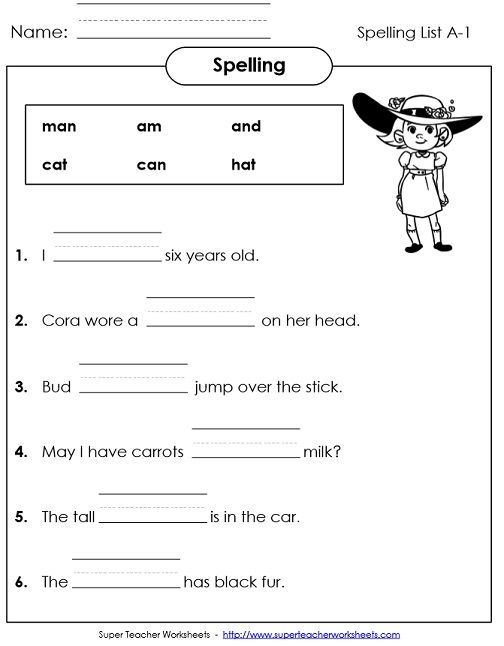 It provides meaning delimitation of words, continuous spelling words with prefixes and separate - with prepositions, etc. So, in word [gort], in accordance with spelling rules, at the end of a word spelled d, not t, to do not distort the root "city"; morpheme, in in this case, the root should be written the same, regardless of strength or weak position consonant. In the word [mDtros] vowel a written according to tradition spelling in the source language (Dutch matroos). Everybody spellings that are set rules, guidelines and prohibitions in the spelling system, have a justification, most often associated with morpheme the composition of the word, with its grammatical belonging, with its shape and value. nine0005
It provides meaning delimitation of words, continuous spelling words with prefixes and separate - with prepositions, etc. So, in word [gort], in accordance with spelling rules, at the end of a word spelled d, not t, to do not distort the root "city"; morpheme, in in this case, the root should be written the same, regardless of strength or weak position consonant. In the word [mDtros] vowel a written according to tradition spelling in the source language (Dutch matroos). Everybody spellings that are set rules, guidelines and prohibitions in the spelling system, have a justification, most often associated with morpheme the composition of the word, with its grammatical belonging, with its shape and value. nine0005
rules spellings determine the choice of spellings in the following five areas of writing:
a) at designating sounds with letters in words - spelling rules for unstressed vowels in word roots, prefixes, endings; voiced and voiceless consonants in weak positions - also in the roots words, prefixes and suffixes;
b) when choice of integrated or separate writing words;
from
c) at capitalization at the beginning sentences and in proper names; nine0005
d) at transferring parts of words from one line to f\guyu;
e) at abbreviation of words and their combinations - chchSSSR " and nr.
Material spelling in elementary grades large enough to understand the spelling system choice of one spelling or another.
AT same time in spelling system Russian language is a lot of contradictory, what, at first glance, violates system. Not all difficult cases governed by rules, there are dozens, hundreds of so-called unverifiable words; many are not covered by the rules cases of capitalization. It makes it difficult for students and the fact that many spelling difficulties that frequently encountered in their practice, especially in essays, are not studied in primary classes. nine0005
Spelling, unlike graphics, is closely related to meanings of words, their forms, phrases, sentences and even text. Decision spelling task, that is, checking spelling is usually based on understanding of linguistic meanings.
Punctuation. In elementary grades, children use the following characters: dot, question mark and exclamation marks, ellipsis, comma, quotation marks, brackets, and - to some extent - a dash and colon. In addition, punctuation marks can be considered a division of the text into paragraphs and corresponding indentation in the beginning of the line. junior schoolchildren also use combinations of signs, For example, when making direct speech, dialogue. nine0005
In addition, punctuation marks can be considered a division of the text into paragraphs and corresponding indentation in the beginning of the line. junior schoolchildren also use combinations of signs, For example, when making direct speech, dialogue. nine0005
However not all of these signs are included in modern programs and textbooks: their use children learn practically, as well as they learn, for example, double nn in suffixes of adjectives, despite the fact that this material is also they have not studied.
Teaching Russian abroad ‹ Russian language for your children in Phuket
Do you live in a place where Russian is not spoken, but you want your child to know Russian?
It is useless to learn from even the best textbooks of the Russian language, according to which children are taught in Russian schools. Classes for your child should be based on the methodology of teaching the Russian language to children living outside the Russian-speaking environment.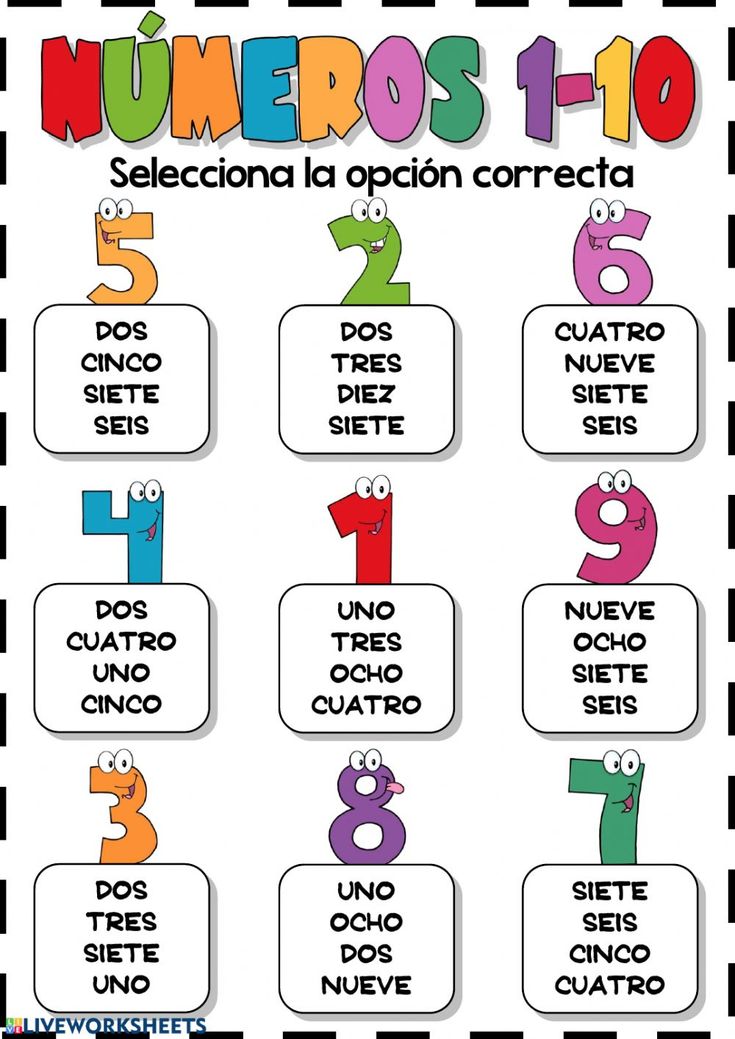 nine0005
nine0005
What is the difficulty?
We speak Russian at home!-
In Russia, a child, coming to school, has a vocabulary of 5000-6000 words, knows the grammatical structure of the language, since he is constantly in a Russian-speaking environment.
Abroad, the same child knows 200 - 300 words of everyday vocabulary, speaks using the grammar of the language of the country of new residence, which has become native, replacing the words of this language with familiar Russian words, etc. nine0005
-
For learning the Russian language, at best, they allocate 1 - 2 hours a week.
This is five to ten times less than is given to teaching the Russian language in Russia, where, moreover, the Russian-speaking environment helps to master this language.
-
Teachers are involved in working with children, often with rich experience in working in a Russian school, where they taught children to write and read and write in their native language, expanding their vocabulary, working on a culture of speech.
nine0138 When working abroad, this knowledge and skills are unsuitable for teaching children whose mother tongue is becoming English.
Children, having a minimum vocabulary, do not understand the explanations of the teacher, who is trying to convey grammatical rules the way they teach in Russian schools and refuse to learn.
How can those parents who sincerely want to keep the Russian language with their children get out of this situation? There is a solution to this difficult problem. This is the use of modern methodological tools that simplify and speed up language acquisition by children whose native language has become a foreign language. nine0005
How does the technique work?
What we offer.-
Children master both oral and written forms of speech.
-
Work is simultaneously carried out on all the constituent components of speech:
- perception
- reproduction
- lexical content
- grammatical arrangement
- prosody (tempo, timbre, intonation coloring) nine0156
-
Grammar is learned not by memorizing the rules, but according to easy-to-remember lexico-grammatical models.
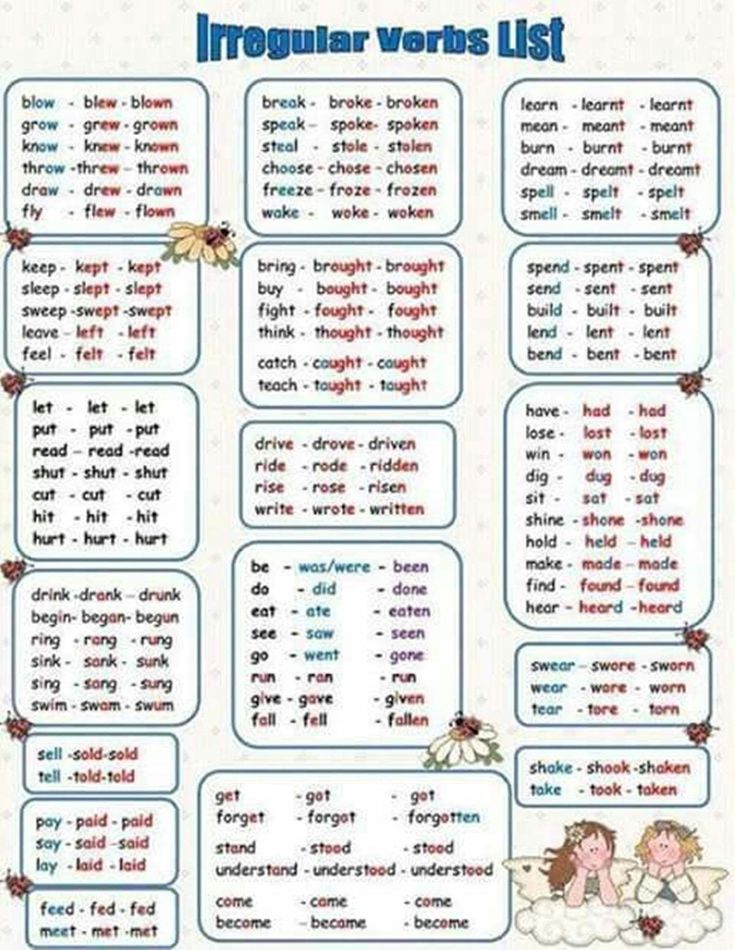 The models are specially selected sentences and texts, which expand and become more complex as the language is learned.
The models are specially selected sentences and texts, which expand and become more complex as the language is learned. -
Assimilation of morphology is the result of the study of case meanings. The sequence of studying case meanings (as well as the verbs that control these cases) is dictated by the frequency of their use in the language. nine0005
-
Vocabulary is selected according to the frequency dictionary of the modern Russian language and is tied to the characteristics of the residence and interests of students.
-
The explanation of a word is associated not with its interpretation, but with the analysis of the composition of the word.
Lesson plan
Still reading? Our Russian language course is aimed at the general development of the speech of children aged 5-11, will help teach reading, writing, enrich speech, give knowledge about the language and will become the foundation for further learning. nine0005
nine0005
1 year of study reveals the main functions of the language, primarily communicative and cognitive.
Children will get acquainted with such categories of language as sound, letter, syllable, word, the semantic role of speech sounds, the difference between pronunciation and spelling, stress, parts of speech, sentences, basic information on grammar and spelling (hyphenation, capital letter at the beginning of a sentence and punctuation at the end of a sentence, spelling of vowel letters after consonant letters w, w, h, w, spelling of combinations chk, ch, schn, designation of voiced and voiceless consonants in writing).
Year 2 provides a significant amount of information on grammar.
Concepts about the noun, verb, adjective, as well as some information about these parts of speech are introduced. Children get an initial understanding of the different parts of speech. Deepening information about the root of the word, sentence and its types. It is practiced to compose sentences in which there are nouns and verbs. Children learn writing skills with the conscious application of spelling rules. Throughout the second year, work is underway on the spelling of unstressed vowels in the root of the word, separating ь and ъ , spelling of prepositions. Thus, the linguistic phenomena that children observed at the beginning of learning are comprehended by them on the basis of more complex material, in new conditions for their manifestation.
Year 3 - offer and its parts.
The main and minor members of the proposal, the basis of the proposal. Establishing the connection of words in a sentence, identifying members of a sentence and phrases, making sentences. Spelling of endings, unpronounceable, doubled, voiced and voiceless consonants, vowels and consonants in prefixes, connecting and compound words.